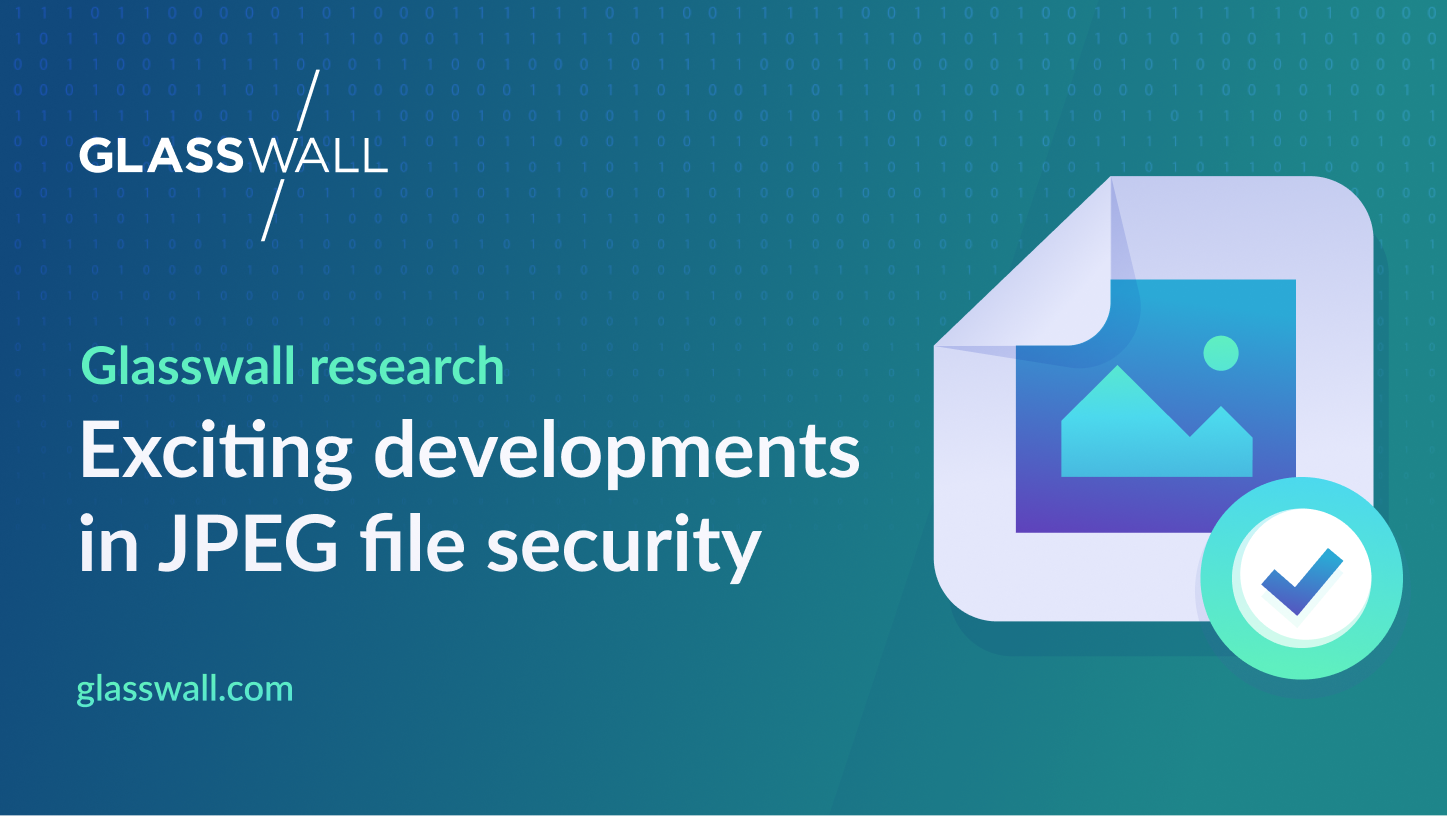APIs (Application Programming Interfaces) play a crucial role in enabling communication between different software components or systems. Glasswall Halo allows customers to choose between either a synchronous or asynchronous API mode of operation. Selecting the right mode is an important decision that can significantly impact the performance, scalability, and responsiveness of your integration with our zero-trust CDR technology.

Synchronous API
Glasswall’s synchronous API endpoint enables security teams to present file analysis and rebuild requests to the Glasswall CDR Platform. Synchronous APIs are the traditional approach to communication between software components. In this mode, a requestor sends a request to an API, and the API processes the request immediately, waiting for a response before proceeding.
Here are some key characteristics of synchronous APIs:
- Blocking Behavior: Synchronous APIs block the calling thread or process until a response is received. This means that if the API call takes a long time to process, it can lead to performance bottlenecks and unresponsiveness in the application.
- Simplicity: Synchronous APIs are easier to implement making them a good choice for simple, single-threaded applications.
- Predictable Flow: As synchronous APIs execute in a predictable order, they are easier to debug.
- Immediate Feedback: Errors or exceptions are typically reported immediately, simplifying error handling.
However, synchronous APIs have limitations; they may not be suitable for tasks that are time-consuming or when the API call might fail due to factors outside the application's control.

Asynchronous API
Asynchronous APIs, on the other hand, have gained popularity with the rise of event-driven architectures. In this mode, a requestor sends a request to an API, and the API acknowledges the request but doesn't block the caller. Instead, it processes the request in the background and later provides the response. Glasswall’s asynchronous API enables security teams to present and respond to multiple file analysis requests for the Glasswall CDR Platform.
Key characteristics of asynchronous APIs include:
- Non-blocking: Asynchronous APIs don't block the calling thread, allowing the application to continue processing other tasks while waiting for the response.
- Scalability: Asynchronous APIs are well-suited for high-concurrency scenarios and can handle a large number of concurrent requests efficiently.
- Resilience: They are more resilient to temporary failures, as requests can be retried or queued for later processing.
- Complex Workflows: Asynchronous APIs are ideal for tasks that involve complex workflows or when the result may take some time to compute.
- Event-Driven: They are often used in event-driven architectures where actions are triggered by events, messages, or external changes.
While asynchronous APIs offer many advantages, they come with added complexity. Managing asynchronous workflows, dealing with out-of-order responses, and handling errors can be more challenging than their synchronous counterparts.
Choosing Between Synchronous and Asynchronous APIs
The choice between synchronous and asynchronous APIs depends on your application's specific requirements:
- Synchronous: Use synchronous APIs for simple, straightforward tasks where the immediate response is critical, and you don't expect significant delays in processing.
- Asynchronous: Choose asynchronous APIs for tasks that are time-consuming, require scalability, or involve complex workflows. They are particularly useful in microservices architectures, where services need to communicate asynchronously.
In many modern applications, a combination of both synchronous and asynchronous APIs is used to strike a balance between responsiveness and scalability. For example, a web application might use synchronous APIs for user interactions but communicate with various microservices asynchronously to perform background tasks or handle heavy workloads.
In conclusion, Glasswall offers you the ability to choose between our synchronous and asynchronous API modes. Understanding the trade-offs and characteristics of each mode is essential to design an efficient and responsive system that meets the demands of your users and the complexities of your architecture.To learn more or answer any questions you may have please contact us.





.png)









